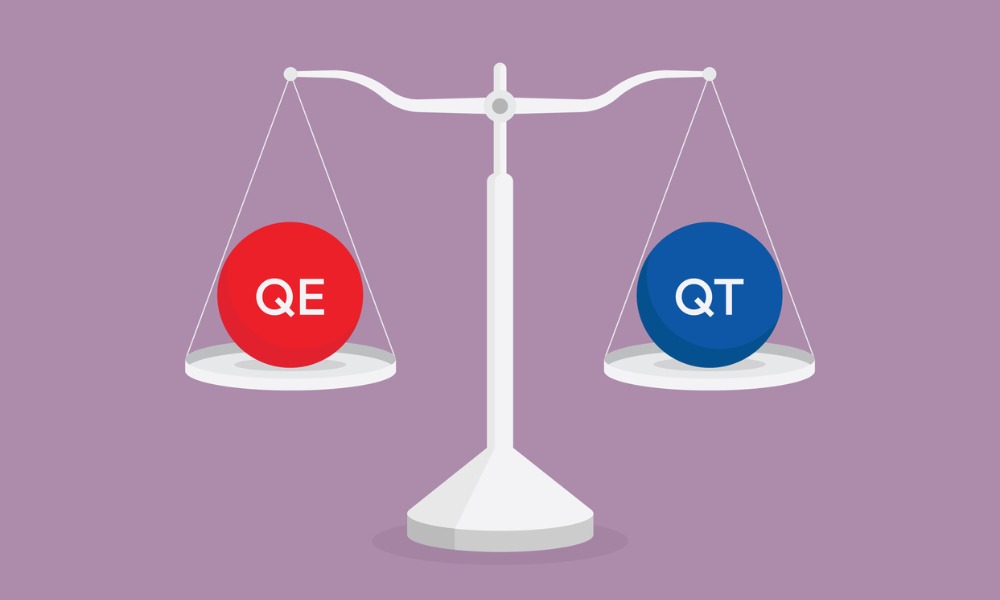What are strategists typically looking at?

The Federal Reserve’s tightening measures have garnered significant attention from market participants. While much of the spotlight has been on when and how the Fed will scale back its balance-sheet adjustments, there’s another aspect that warrants consideration: the makeup of the central bank’s assets.
Since the initiation of quantitative tightening (QT) in June 2022, Fed officials have turned their focus to reducing their asset holdings. Recently, Fed Governor Christopher Waller emphasized the importance of adjusting the mix of Treasury holdings to include more short-dated Treasury securities. This strategic shift aims to provide the Fed with greater maneuverability for future asset transactions, potentially sidestepping the need to expand its balance sheet further.
According to BMO Capital Markets strategists Ian Lyngen and Ben Jeffery, such a shift could pave the way for forthcoming operations without the burden of expanding the balance sheet further. However, the prospect of orchestrating another “operation twist” amid the ongoing QT raises concerns, though it aligns with medium-term risk considerations.
Elements of the QT
The prevailing focus in the market remains fixated on the timing of the Fed’s announcement. Wall Street’s estimates of the QT taper span from April to September 2024, with expectations of a gradual slowdown as the overnight reverse repo facility nears depletion.
Notably, during the previous round of QT, the Fed’s portfolio did not include Treasury bills. These were acquired subsequently to stabilize reserve balances following a spike in overnight repurchase agreement rates in September 2019. While analysts pondered the treatment of the Treasury bill portfolio, policymakers opted for a gradual reduction, adhering to predefined reinvestment caps for Treasuries.
Presently, the Fed’s holdings include approximately $210 billion in Treasury bills, a fraction compared to pre-financial crisis levels. Wrightson ICAP senior economist Lou Crandall underscores the potential benefits of a balanced portfolio, advocating for reduced volatility in earnings and losses through a closer alignment of assets and liabilities.
“Large reported losses can be a public relations headache,” Crandall wrote in a note to clients. “Greater rate sensitivity on the asset side might be attractive to the FOMC members heading into the next cycle.”
Despite long-term aspirations to move away from mortgage-backed securities, Fed officials acknowledge the immediate imperative of slowing and eventually halting QT. Gennadiy Goldberg, head of US interest rates strategy at TD Securities, views the transition to a Treasury-centric balance sheet as a formidable goal, albeit one of lower priority amid competing considerations.
“I don’t think the Fed will ever be able to reach a Treasury-only balance sheet, but that won’t stop them from trying,” he said.
Have something to say about this story? Let us know in the comments below.



